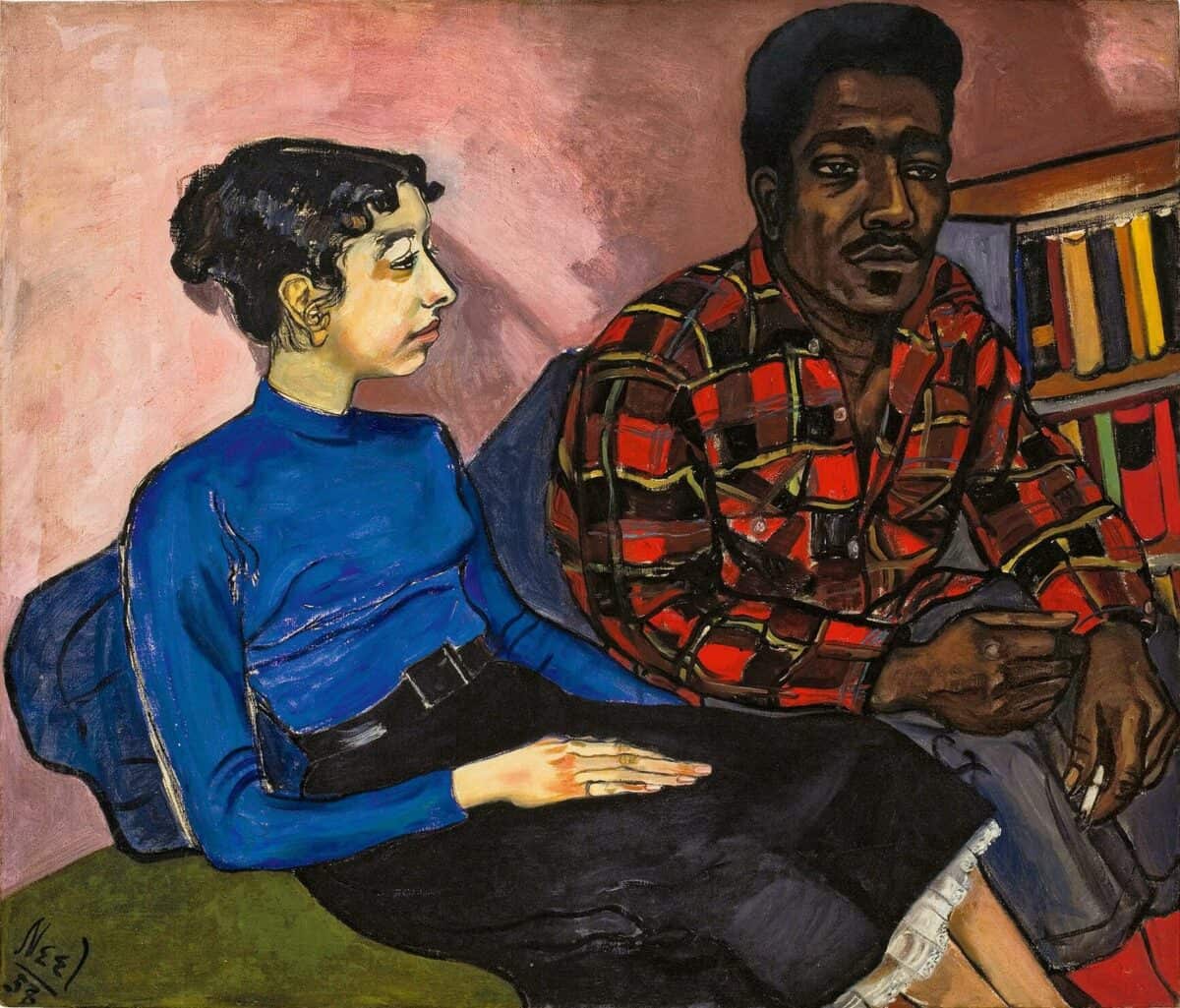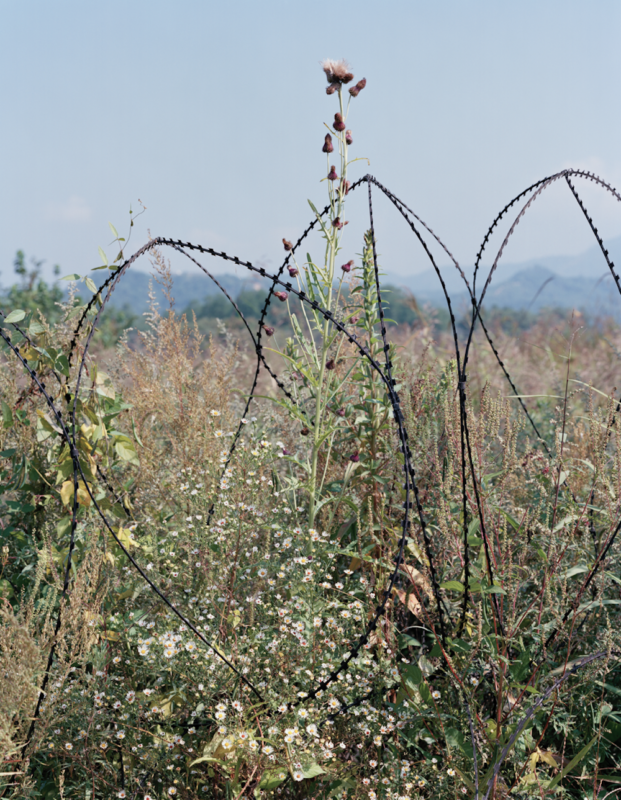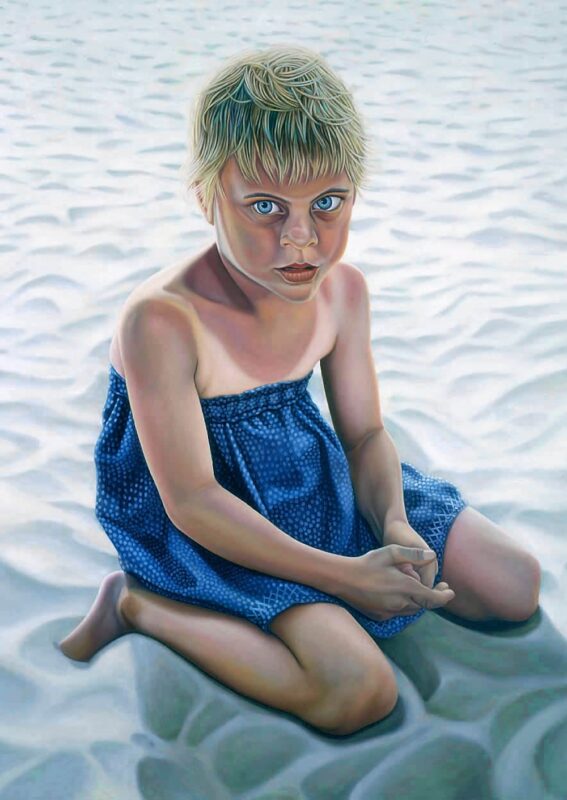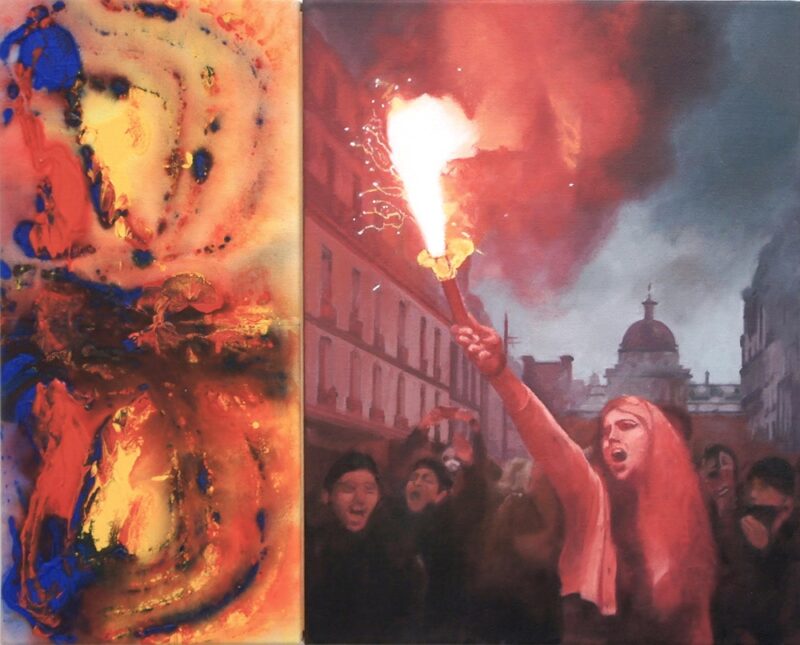
Alice Neel: ‘Rita and Hubert’, 1954 – oil on canvas, 86 x 102 cm, courtesy the estate of Alice Neel
The Barbican Centre, Silk Street, London, EC2Y 8DS www.barbican.org.uk
Instagram: @barbicancentre
The Barbican’s galleries lie within a labyrinthine concrete complex, part of an estate that also includes 2,000 flats, innumerable walkways, three restaurants, a public library and an impressively planted conservatory as well as an arts centre known for theatre, film, music and dance as much as visual art. The whole, largely funded by the City of London Corporation, was opened in 1982. The brutalist architecture divides opinion, being no stranger to high placings in ‘ugly building’ polls – but does it suit art? That, too, is an ongoing debate: the main gallery – the site of chargeable blockbusters – can be inflexible, given the fixed room divisions of the upper floor. Yet Dubuffet, Noguchi, Krasner, Basquiat and Kjartansson have fitted well enough in recent years.
The Curve – normally free to enter – is an eccentric space. It has, though, been notably well-curated this century, and its long and narrow dimensions encourage artists to come up with innovative displays – John Akomfrah, Richard Mosse, Roman Signer, Song Dong, Céleste Boursier-Mougenot and Robert Kusmirowski stand out in my memory. The current pairing is well worth a visit: ‘Rebel Rebel’, Iranian artist Soheila Sokhanvari’s celebration and commemoration of feminist icons from pre-revolutionary Iran (hurry! – to 26 Feb); and ‘Hot Off The Griddle’, a comprehensive survey of Alice Neel’s right-on practice. She depicted the disadvantaged, disregarded and discriminated-against, not as a strategy, but because they were integral to her life (take it easy: to 21 May).
London’s gallery scene is varied, from small artist-run spaces to major institutions and everything in between. Each week, art writer and curator Paul Carey-Kent gives a personal view of a space worth visiting.







